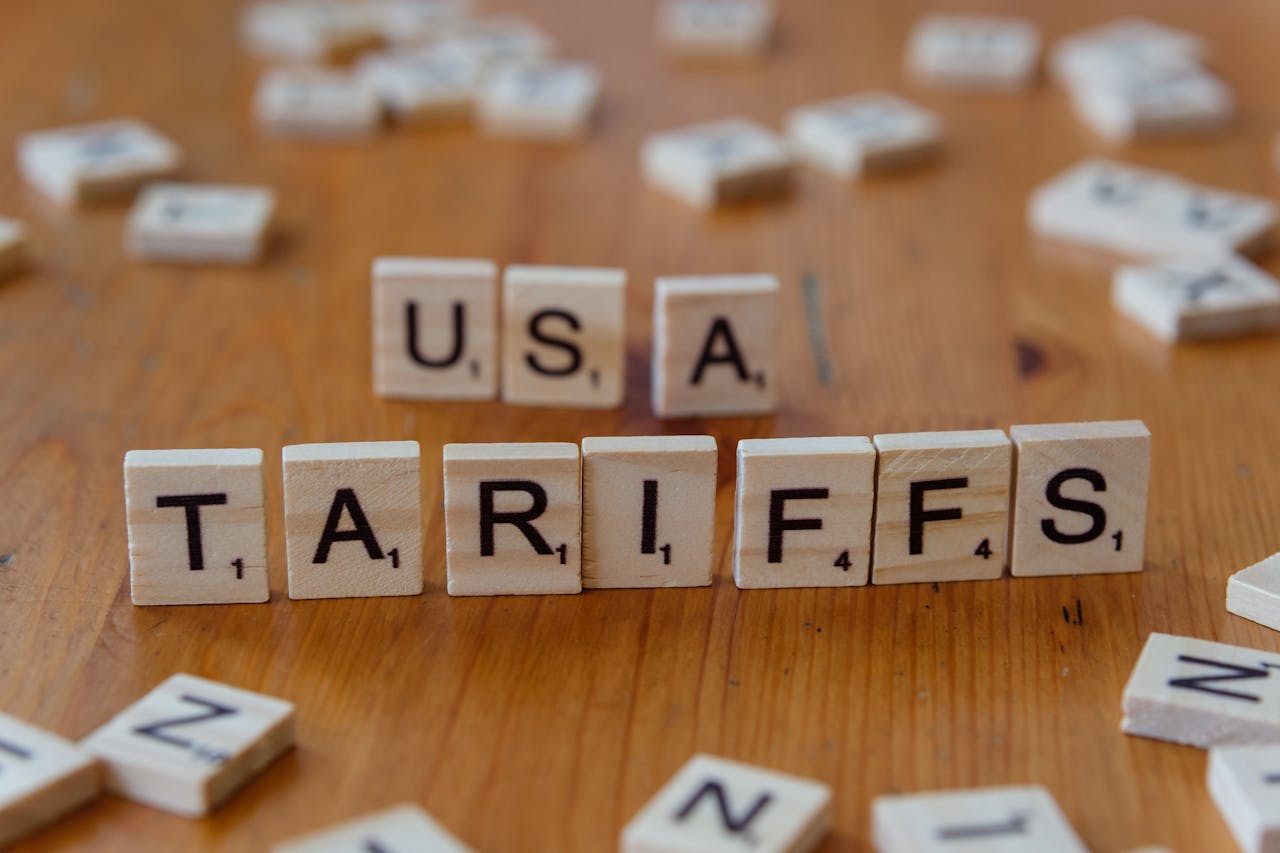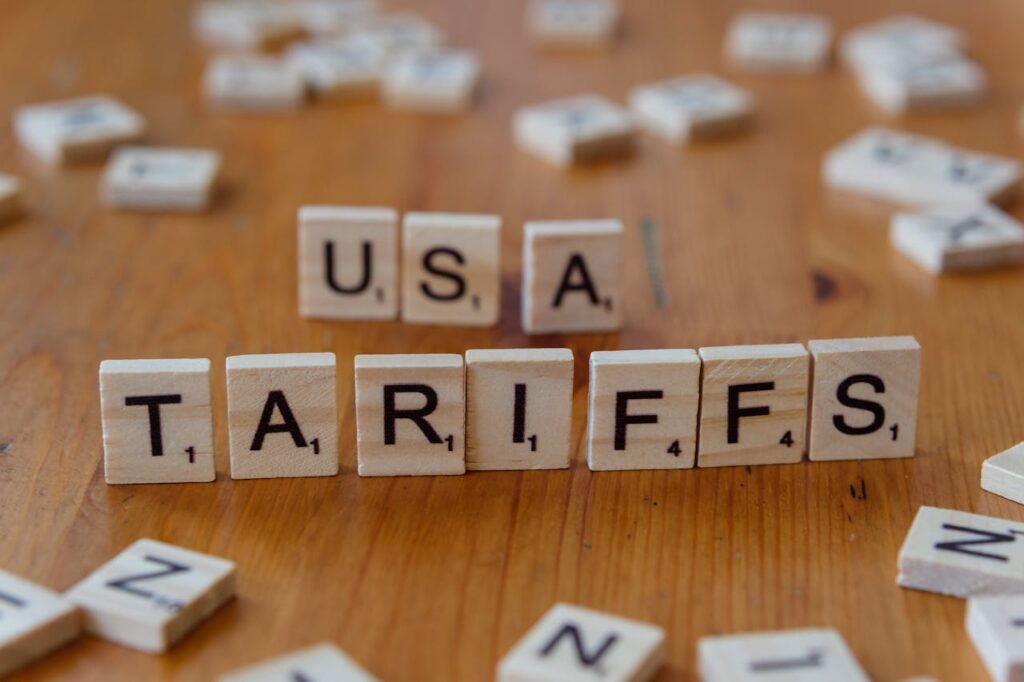How Trump’s Tariffs Impact Small Businesses and Entrepreneurs
We love small businesses—we really do!
They remind us of late nights, big dreams, and betting on yourself.
They’re the ones who don’t have PR teams – just heart.
They hire locally, invest in the community, and dare to dream.
They’re the heartbeat of innovation, culture, and local economies.
So, watching them get crushed by tariffs? It feels personal.
A Punch Small Businesses Didn’t See Coming
When the Trump administration introduced tariffs targeting China and other major trade partners, the headlines focused on global markets, tech giants, and national security. But the quieter blow was dealt to the everyday entrepreneur—the family-run clothing brand, the corner hardware store, the small-scale manufacturer sourcing parts from overseas.
What Are Tariffs and How Do They Work?
Tariffs are taxes or duties imposed by a government on goods imported from other countries. They’re typically used to make imported goods more expensive than domestically produced products, to protect local industries, to address trade imbalances, or as part of a broader political strategy.
When a tariff is applied, it increases the cost of importing that product. For example, if a U.S. company imports steel from China and there’s a 25% tariff, the company must pay an extra 25% on top of the purchase price. That cost is usually passed on to consumers in the form of higher prices—or absorbed by businesses, shrinking their profit margins.
These tariffs—essentially taxes on imported goods—have led to:
- Increased inventory costs for businesses that don’t have the luxury of bulk buying.
- Supply chain disruptions cause delays, customer frustration, and lost revenue.
- Unpredictable raw material pricing, especially for manufacturers relying on global suppliers.
- Strained relationships with bigger suppliers are unwilling to absorb cost increases, leaving small businesses squeezed from both ends.
The reality? Small businesses often operate on razor-thin margins. Any unexpected spike in costs or delays can mean the difference between thriving and folding. In short, tariffs are more than geopolitical tools—they’re real cost burdens that can ripple through every stage of a small business’s operations, from product development to final sale.
What the Numbers Say
According to research from the Small Business Majority, over 53% of small business owners are deeply concerned about the impact of tariffs on their operations. This uncertainty makes it harder to plan for future quarters, especially when increased costs are passed onto consumers, consumers who might already be feeling the pinch and are highly price-sensitive.
And here’s the kicker: many small businesses can’t negotiate with suppliers like the big guys can. So, when do costs go up? They’re often forced to eat the difference or risk losing their customer base.
Strategies for Navigating the Tariff Storm

This is a tough road, but it’s not impossible. Here’s how small business owners and entrepreneurs can stay resilient and responsive during these volatile times:
1. Diversify Your Supply Chain
Don’t rely on a single supplier or one country of origin. Explore sourcing partners in countries with fewer or no tariffs. Consider regional or even domestic suppliers who may offer more stability, even if the upfront costs are slightly higher.
2. Negotiate Payment Terms

If your suppliers don’t budge on pricing, negotiate for better payment terms. Extended payment windows can help improve cash flow and give you time to adjust.
3. Increase Transparency with Customers
Be honest. Share how tariffs are impacting your pricing and operations. Customers are more loyal to businesses that communicate authentically. Frame it around supporting local businesses and economic resilience.
4. Bundle or Value-Add Products
If price increases are unavoidable, offer bundled deals or value-adds that make the purchase feel worth it. The perceived value can offset the sticker shock.
5. Leverage Local Loyalty
Double down on community marketing. Host events, collaborate with local influencers, and remind customers that shopping small keeps money circulating in the community.
6. Scenario Planning
Don’t just plan for best-case scenarios. Develop contingency plans that include multiple pricing models and supply chain options. Build flexibility into your business model.
7. Advocate & Educate

Small business owners may not have lobbyists in Washington, but their voices are increasingly being heard through:
- Chambers of commerce
- Industry associations
- Small Business Majority and other grassroots organizations
What you can do:
- Write to your local representative about how tariffs are affecting your business.
- Join a coalition or local small business group pushing for fair trade practices.
- Keep track of trade news and participate in surveys by national organizations (these often shape government policy reports).
The more small business owners engage, the more likely policies will consider their unique needs.
Stay informed on trade policy changes and join advocacy groups that represent small business interests. Your voice matters, especially when policies are crafted.
What to Do If You’re Just Starting a Business

Starting a small business in a volatile economic landscape—especially one impacted by tariffs—requires more foresight and flexibility than ever. But it’s still possible to thrive.
Here are some strategic steps new entrepreneurs should consider:
1. Build a Resilient Supply Chain
- Diversify suppliers: Don’t rely on a single country or region. Consider suppliers in other countries or within the U.S. to reduce tariff risk.
- Ask suppliers upfront about their exposure to tariffs or future pricing changes.
- Negotiate flexible contracts that allow for changes in cost structures if tariffs shift.
2. Price for Agility
- When developing your pricing model, bake in a buffer to absorb unexpected increases in cost.
- Consider tiered pricing strategies or value-based pricing, which may give you more wiggle room than strict cost-plus models.
3. Focus on Domestic Sourcing Where Possible
While it may not always be feasible, using local manufacturers or service providers helps avoid international disruptions and aligns with consumer interest in “Made in the USA” products.
4. Plan for Cash Flow Cushion

- Tariffs can cause temporary price shocks—having a 3–6 month buffer in operating expenses can be the difference between survival and shutting down.
- Look into small business grants or low-interest loans that can be used to manage supply chain transitions.
5. Stay Informed and Agile
- Subscribe to industry-specific trade news and join forums where entrepreneurs discuss new tariff updates.
- Use analytics to monitor how cost changes are affecting your margins and customer behavior—data-driven decision-making is key.
6. Communicate Transparently with Customers
If you do need to raise prices due to tariff costs, be honest with your customers. Many will understand if you explain clearly how global events are impacting your business.
Final Thoughts
Tariffs may be out of your hands, but your response isn’t. This is a defining moment for many small businesses. And while the landscape is tough, resilience, resourcefulness, and community support have always been the superpowers of entrepreneurs.
You’ve weathered storms before. You can navigate this one too.


